 PA Media
PA MediaAn artist says she “nearly fainted” when she found out a portrait she had been commissioned to draw was a gift for the Royal Family.
Queen Camilla was presented with…

 PA Media
PA MediaAn artist says she “nearly fainted” when she found out a portrait she had been commissioned to draw was a gift for the Royal Family.
Queen Camilla was presented with…
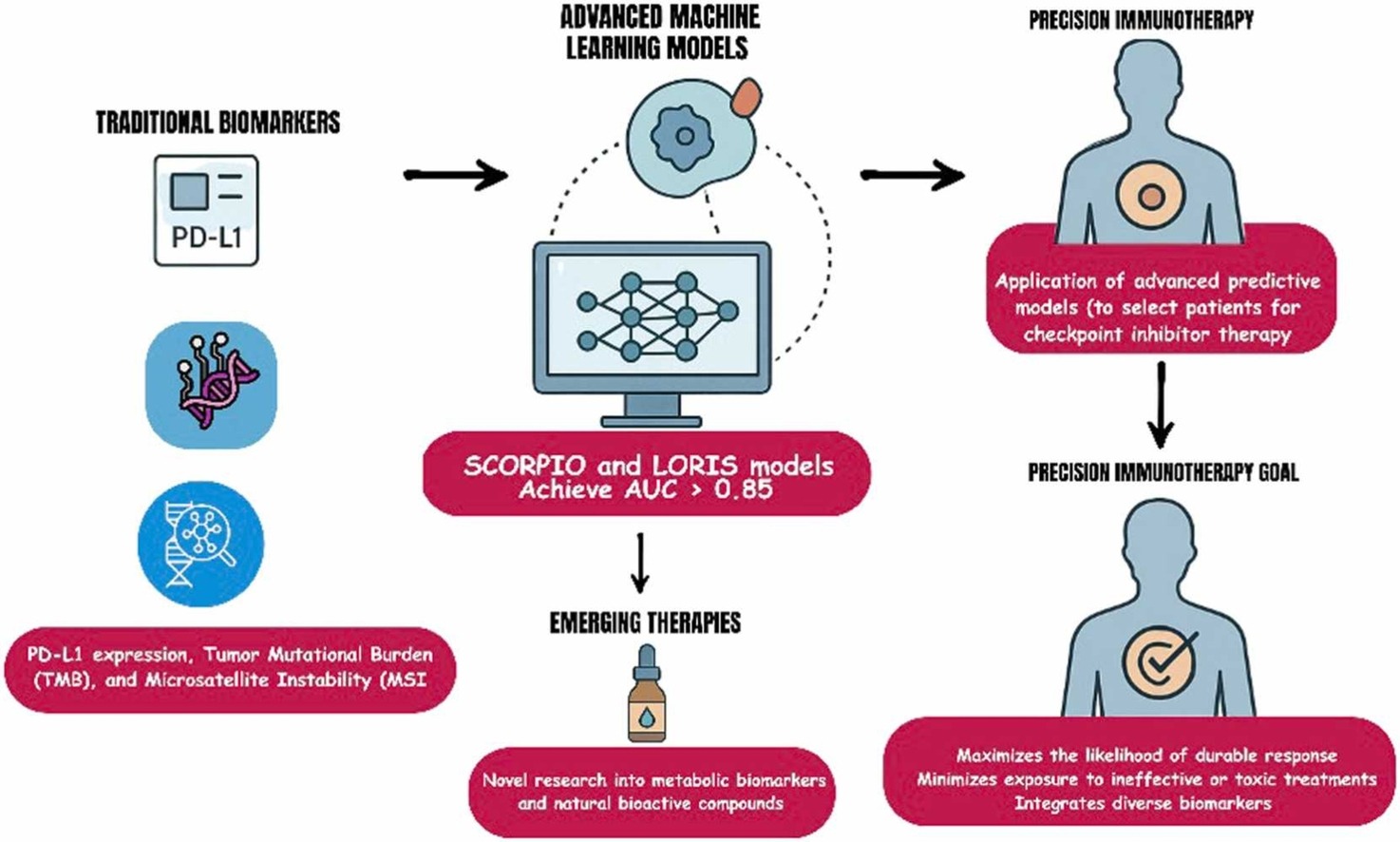
Immunotherapy, particularly immune checkpoint inhibition, has revolutionized modern oncology by achieving durable remissions across a wide range of tumor types. Despite these transformative outcomes, only 20–30% of patientsexperience sustained benefit, underscoring a critical challenge in accurately predicting who will respond to treatment. The clinical and economic implications are substantial—given that the global ICI market is projected to surpass $189 billion by 2032, the urgency for precise, clinically actionable predictive tools has never been greater.
In this comprehensive and forward-looking review, Oisakede et al. explore the rapidly advancing field of predictive modeling for immunotherapy response, encompassing biomarker-driven strategies, artificial intelligence and machine learning algorithms, mechanistic modeling, and multi-modal integration frameworks. Drawing from more than 200 studies, the authors deliver one of the most extensive comparative analyses to date, evaluating predictive accuracy, clinical applicability, and translational readiness across emerging methodologies.
Traditional biomarkers—such as PD-L1 expression, tumor mutational burden (TMB), and microsatellite instability (MSI)—have long served as the foundation for selecting patients who might benefit from immune checkpoint inhibitors. However, their predictive accuracy remains limited.
PD-L1 expression, for instance, is predictive in only about 29% of FDA-approved indications, and both TMB and MSI show highly variable reliability across cancer types. These inconsistencies stem from biological heterogeneity, differences in testing platforms, and the complex interplay between tumor and immune factors.
The authors highlight that predicting immunotherapy response cannot rely on any single molecular marker. Instead, multi-parametric models—those integrating molecular, immunologic, and spatial data—are needed to capture the full biological context of the tumor microenvironment (TME).
Beyond genomics, metabolic reprogramming has emerged as a critical determinant of immune evasion and treatment resistance.
Tumors with elevated expression of glucose transporters GLUT1 and GLUT3 exhibit enhanced glycolysis, creating an acidic microenvironment that suppresses T-cell activity. This glucose competition between tumor and immune cells not only limits immune effector function but also promotes immune exhaustion.
Incorporating these metabolic biomarkers into predictive models could refine patient stratification—particularly for tumors that are both metabolically active and immunologically “cold.” Such integrated models could help identify patients who may benefit from therapies that target both metabolism and immune regulation.
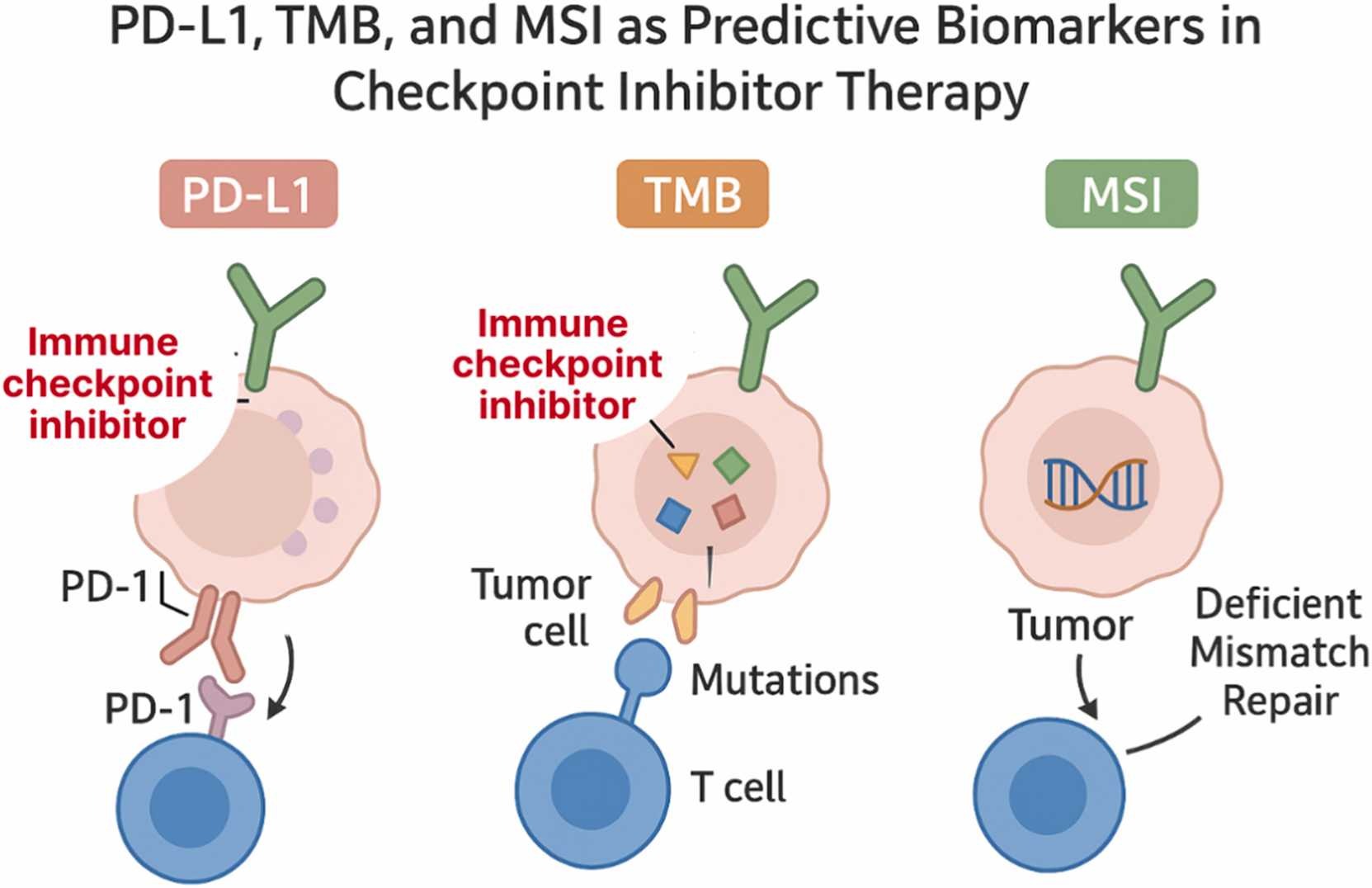
Artificial intelligence (AI) and machine learning (ML) now represent the fastest-growing frontiers in predictive oncology. These approaches are capable of integrating high-dimensional clinical, molecular, and imaging data to uncover complex patterns not visible to human observers.
Despite these advances, one major challenge persists: external validation. Many AI models perform exceptionally well within the institution where they were developed but fail to maintain accuracy when tested on independent patient populations—a problem the authors refer to as the “validation gap.”
Combining multiple types of data—genomic, spatial, clinical, and metabolic—has proven far more effective than using single-modality biomarkers.
These multi-modal frameworks have achieved AUC values above 0.85 in several cancers, outperforming traditional metrics. For example, integrating PD-L1 expression, TMB, and immune cell infiltration patterns improved predictive power in non–small cell lung cancer and melanoma.
Modern spatial profiling technologies, such as multiplex immunofluorescence and digital spatial transcriptomics, now reveal how immune and tumor cells are organized within the TME. This spatial information often correlates more strongly with treatment response than bulk biomarker measurements, underscoring the importance of tumor architecture in predicting therapeutic outcomes.
A new generation of mathematical and systems biology models aims to simulate tumor–immune interactions in real time. These models capture key parameters—such as tumor growth kinetics, immune infiltration, and checkpoint blockade dynamics—to forecast treatment outcomes and understand resistance mechanisms.
Early studies show promising results: some of these mechanistic models can classify responders versus non-responders with up to 81% accuracy in pilot validation cohorts. Although still in early stages, these models complement data-driven AI approaches by offering a mechanistic understanding of immune dynamics, which could ultimately guide personalized dosing, combination strategies, and treatment adaptation.
A novel section of the review explores the integration of natural bioactive compounds—such as thymoquinone (Nigella sativa), cucurbitacins (Cucurbitaceae), and organosulfur compounds (garlic derivatives)—which have demonstrated immunomodulatory and metabolic reprogramming effects in preclinical studies. These agents may augment ICI efficacy by:
Such multi-target actions highlight a potential role for metabolic–immune combinatorial therapy, though clinical validation remains limited.
The review identifies three persistent barriers that hinder translation from research to practice:
The authors call for international standardisation frameworks, similar to those of the Global Alliance for Genomics and Health (GA4GH), to harmonise data collection, model validation, and AI governance in oncology.
This landmark review represents one of the most comprehensive syntheses of predictive model development in immuno-oncology. It bridges traditional pathology and next-generation computational science, highlighting the need for multidisciplinary collaboration among pathologists, oncologists, data scientists, and regulatory bodies.
By systematically evaluating every major class of predictive approach—from PD-L1 scoring to AI integration—this work outlines a roadmap for clinically implementable, validated, and interpretable models capable of guiding patient selection and optimizing immune checkpoint inhibitor therapy.
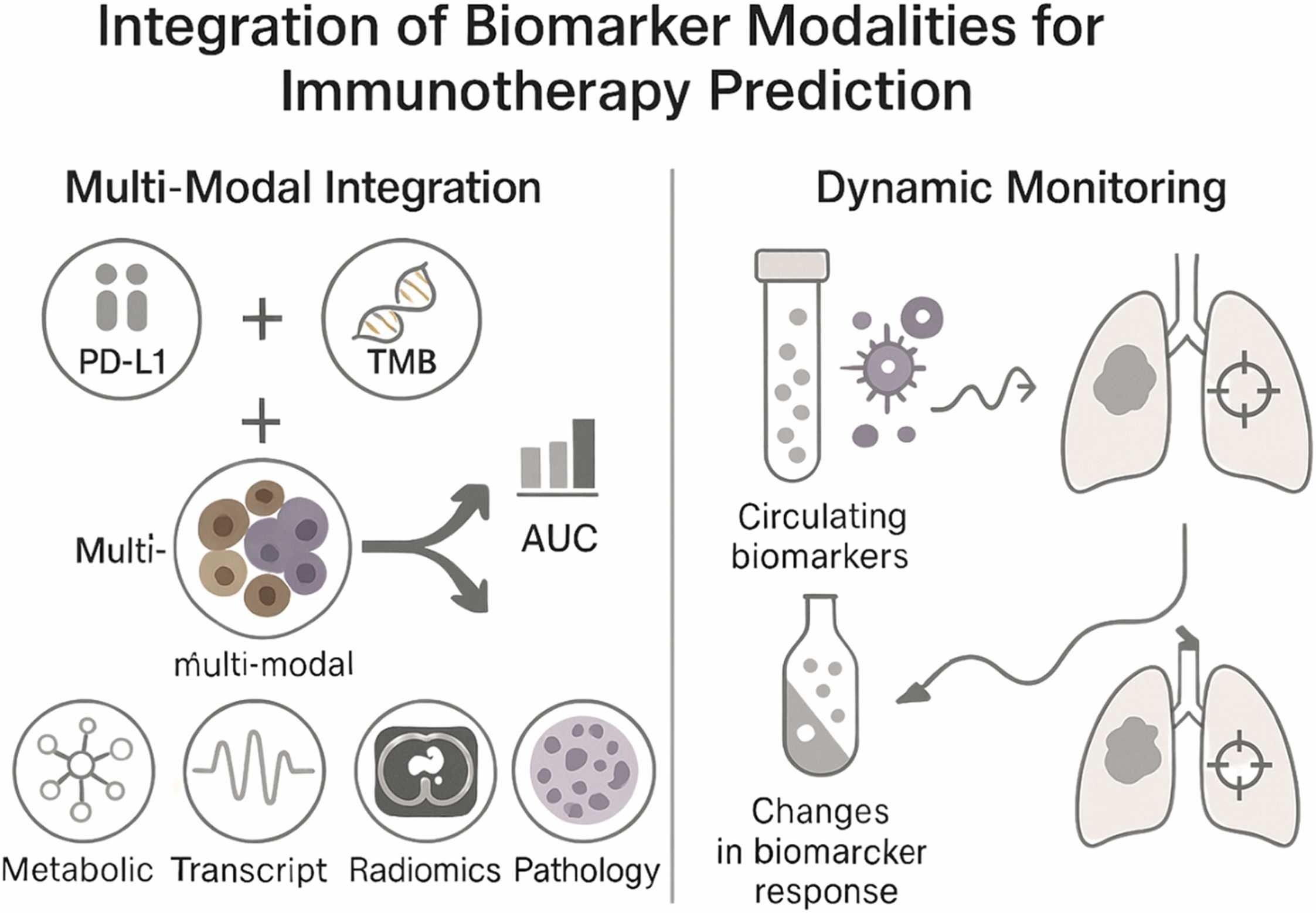
You Can Read Full Article Here

Nintendo is releasing “The Legend of Zelda: Breath of the Wild” soundtrack on vinyl in the U.S. in a first for the Japanese video game company, which has traditionally focused its physical music media efforts in Japan.
In partnership…

A new artificial intelligence (AI) model using MRI scans of the pituitary gland has demonstrated strong potential in predicting growth hormone deficiency (GHD) among children with short stature. Developed through a multicentre study, the…
Nintendo is exploring ways to keep its worlds alive not just through new video games, but by expanding its intellectual property into every medium that can hum, glow and now spin at 33⅓ RPM.
The 136-year-old entertainment firm is issuing its…
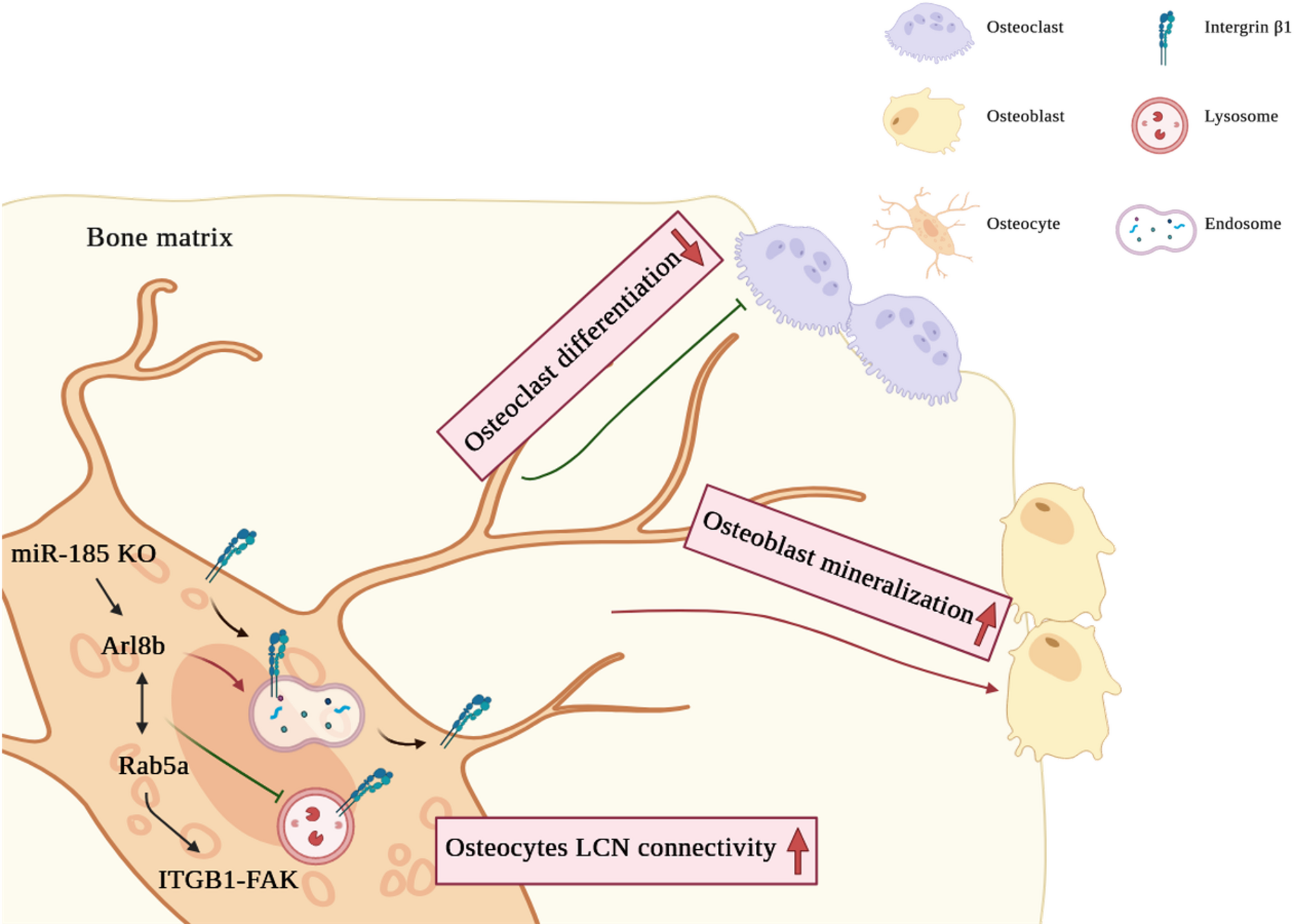
Xu H, Ning D, Zhao D, Chen Y, Zhao D, Gu S, Jiang JX, Shang P. Blockage of hemichannels alters gene expression in osteocytes in a high magneto-gravitational environment [J]. Frontiers in bioscience (Landmark edition), 2017, 22: 783–94.
Bouxsein…

Children and adults face challenges with focus and attention. This not only makes learning difficult but can seriously impact a person’s ability to plan tasks, complete work and finish assignments. With children, the effects of limited focus can be particularly pronounced, inhibiting their educational, social and emotional development.
Samsung Electronics, a world leader in consumer electronics, and Pearson (FTSE: PSON.L), the world’s lifelong learning company, are collaborating to help children and adults overcome these challenges.
Pearson recently introduced Revibe, an AI-enabled wearable solution delivered via the Samsung Galaxy Watch7, to help individuals build skills in focus, attention and self-regulation.
Revibe tracks on-task behavior, fidgeting, work completion and exercise while providing reminders to stay focused, remember tasks and complete work, which, as part of a healthy lifestyle, may help individuals living with conditions such as ADHD.
By leveraging AI to translate real-time behavioral data into actionable insights, Revibe equips professionals and individual users with data-informed pathways to improve focus in the classroom and beyond.
Combining Pearson’s proprietary, attention-enhancing software with the Galaxy Watch7, including Samsung’s Knox mobile security platform, Revibe is a discreet, real-time tool designed to help users improve concentration and develop stronger self-regulation skills throughout the day. This collaboration reflects a shared commitment to advancing innovation and creating inclusive, accessible solutions that empower individuals of all ages who are navigating focus and attention-related challenges.
Using AI and advanced algorithms to understand Galaxy Watch sensor data, Revibe learns each user’s behavior patterns, including attention span, fidgeting, steps, calories burned and more. Revibe’s software then addresses individuals with focus and attention challenges from multiple angles. Vibrating alerts bring the user back on task and bolster executive function, while on-screen “light bulb moments” provide guidance that won’t disturb others.
Leveraging Samsung’s Freestanding Mode on the Galaxy Watch, Revibe also eliminates smartphone distractions by enabling the Galaxy Watch to operate independently, without a smartphone, for a streamlined user experience. Freestanding Mode is especially important when Revibe is used by children, since most smartwatches are simply an extension of a smartphone, and many schools don’t allow children to carry phones.
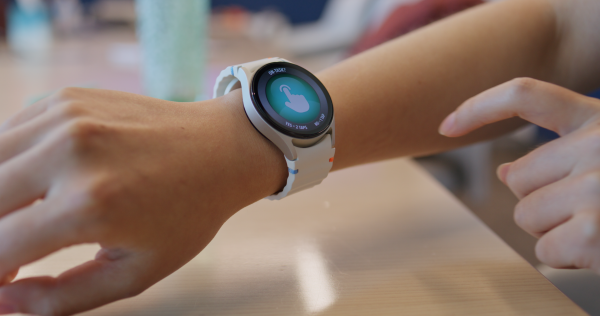
The Revibe app offers users, families, educators, and clinicians a user-friendly dashboard that visualizes progress in near real time, which can lead to more customized support in the classroom and elsewhere to help individuals succeed.
“With Revibe, Pearson empowers individuals who experience focus and attention barriers, along with their families and support networks, by helping them build the self-regulation skills they need for success,” said Rich Brancaccio, Senior Director, Pearson, and the Founder of Revibe. “After evaluating multiple wearable solutions, we determined that the Samsung Galaxy Watch was the right device for Revibe, offering the ideal balance of a low-distraction interface, extended battery life1 and secure data collection capabilities to serve the needs of these individuals and help them reach their fullest potential.”
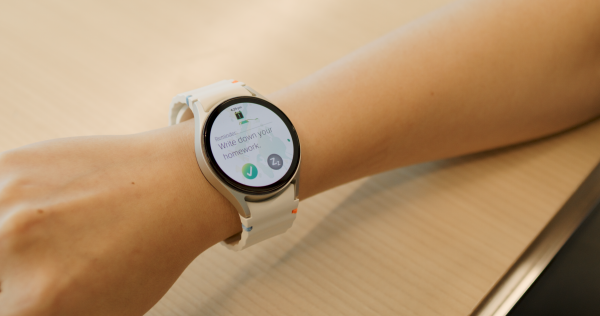
“Samsung Galaxy Watch perfectly fits Revibe’s needs thanks to capabilities such as Samsung’s Knox mobile security management platform, Freestanding Mode, and Kiosk Mode,” said Cherry Drulis, MBA, BSN, RN, Senior Director, Regulated Industry Samsung. “With Knox, Revibe can apply policies to the Galaxy Watch, including software updates to ensure continued compatibility, then detach it from its phone dependency as a freestanding device. Freestanding Mode maintains location tracking so lost devices can be recovered2, while Kiosk Mode keeps Galaxy Watch focused on Revibe’s application, ensuring individuals with focus and attention challenges enjoy easier access with fewer distractions.”
The Samsung and Revibe collaboration will begin with the Samsung Galaxy Watch7 series and is expected to expand to additional Samsung devices. Revibe will offer the solution to clinical professionals across education and healthcare, as well as individual users, parents, and other care teams.
To learn more about Samsung and Pearson’s collaboration, please visit: https://insights.samsung.com/2025/10/29/the-power-of-collaboration or watch the video: https://www.youtube.com/watch?v=ILiCdec7rp4
For more information on the Revibe wearable, please visit: https://www.pearsonassessments.com/campaign/revibe.html
For more information on Samsung Galaxy Watch7, please visit: https://www.samsung.com/us/watches/galaxy-watch7/